Oren Pinhassi presents ‘non-binary’ sculptures at London’s Edel Assanti gallery
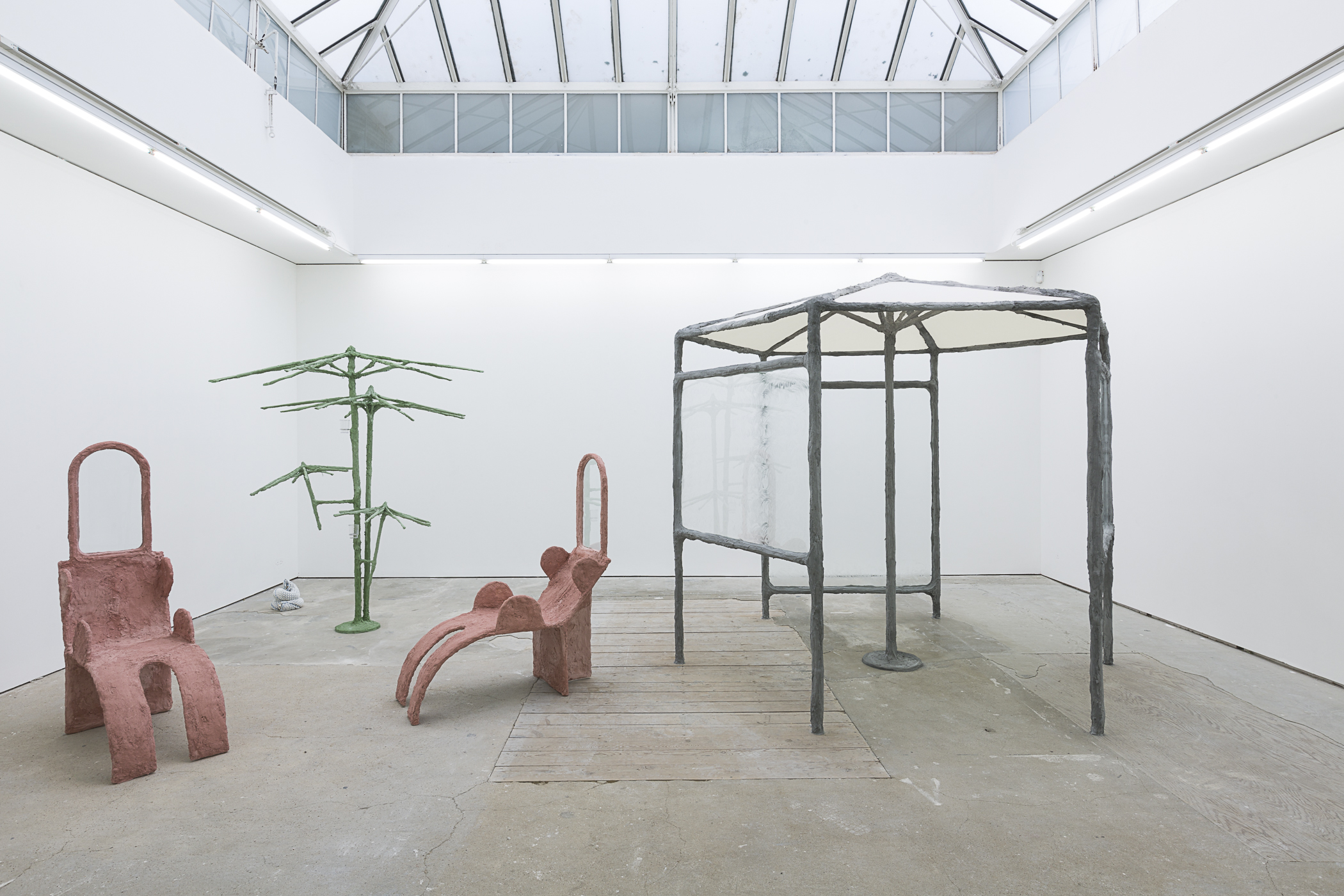
The Israeli artist Oren Pinhassi has created sculptures around the world. Whenever he has an exhibition abroad, he doesn’t ship pieces from his studio in East Harlem. Instead, he goes to the country of the exhibition and spends a chunk of time toiling away in the new environment, forming and moulding each and every piece anew. It’s his way of grounding his pieces in their geographical context and exploring the ways in the local environment shapes the way he works.
For his latest show, at Edel Assanti gallery in London’s Fitzrovia, he spent a month in Suffolk creating objects that appear to be familiar archetypes – a palm tree, a chair, or a towel, for example. However, a moment’s concentration transforms them into something completely different. One realises that the palm tree is actually made from steel umbrellas of varying sizes, stacked in a blooming formation; the chair resembles a reclining woman with protruding, misshapen breasts; the towel is grotesquely coiled like a snake. It is this ambiguity and perpetual sense of becoming that Pinhassi exploits, as suggested by the exhibition’s title, ‘Second Nature’.
There’s a palpable erotic energy, with a pair of glass-fronted urinals facing each other, and the palm tree pieces suggestively titled ‘One in the mouth and one in the heart’. A pair of freestanding pavilions, meanwhile are partially lined with glass panels that have been meticulously smeared with swirls of Vaseline, walking a fine line between privacy and voyeurism. Pinhassi embraces the sexual element of his work, though he insists that its ‘queerness’ comes not from these connotations alone. Rather, he stands for a rejection of traditional boundaries: in architecture, in nature, and in the body.
‘I seek to break down binary categories,’ he declares. Interestingly, much of his earlier work featured ‘a lot of wood, and right angles’ – and it was a frustration with the rigidity of the material that drove him to explore the shapeshifting potential of plaster, sand and burlap, which feature prominently in this exhibition.
While there are readymade elements in Pinhassi’s work – the skeletal structures of children’s umbrellas, for instance are used to form the palm trees – there is also ample evidence of the human hand on their primordially rugged surfaces. He calls his sculpting process one of ‘repetitive touch’ – working away at the plaster with his hands a little at a time – no two objects he creates are ever exactly the same. It is this dance between familiarity and ambiguity that informs Pinhassi’s artisanal approach.
Within the ground-level space of the gallery, Pinhassi’s sculptures are carefully placed to guide viewers through a ‘forest’ of nebulous forms. Ultimately, it’s the visitor’s reaction that interests him most, and what this says about the relationship between one’s physical environment and one’s behaviour. ‘I want to see how people instinctually use this space to execute my choreography.’

Urinal (London 1) and Urinal (London 2), glass, steel, plaster, burlap, sand and pigment. Photography: Studio Will Amlot. Courtesy of Edel Assanti
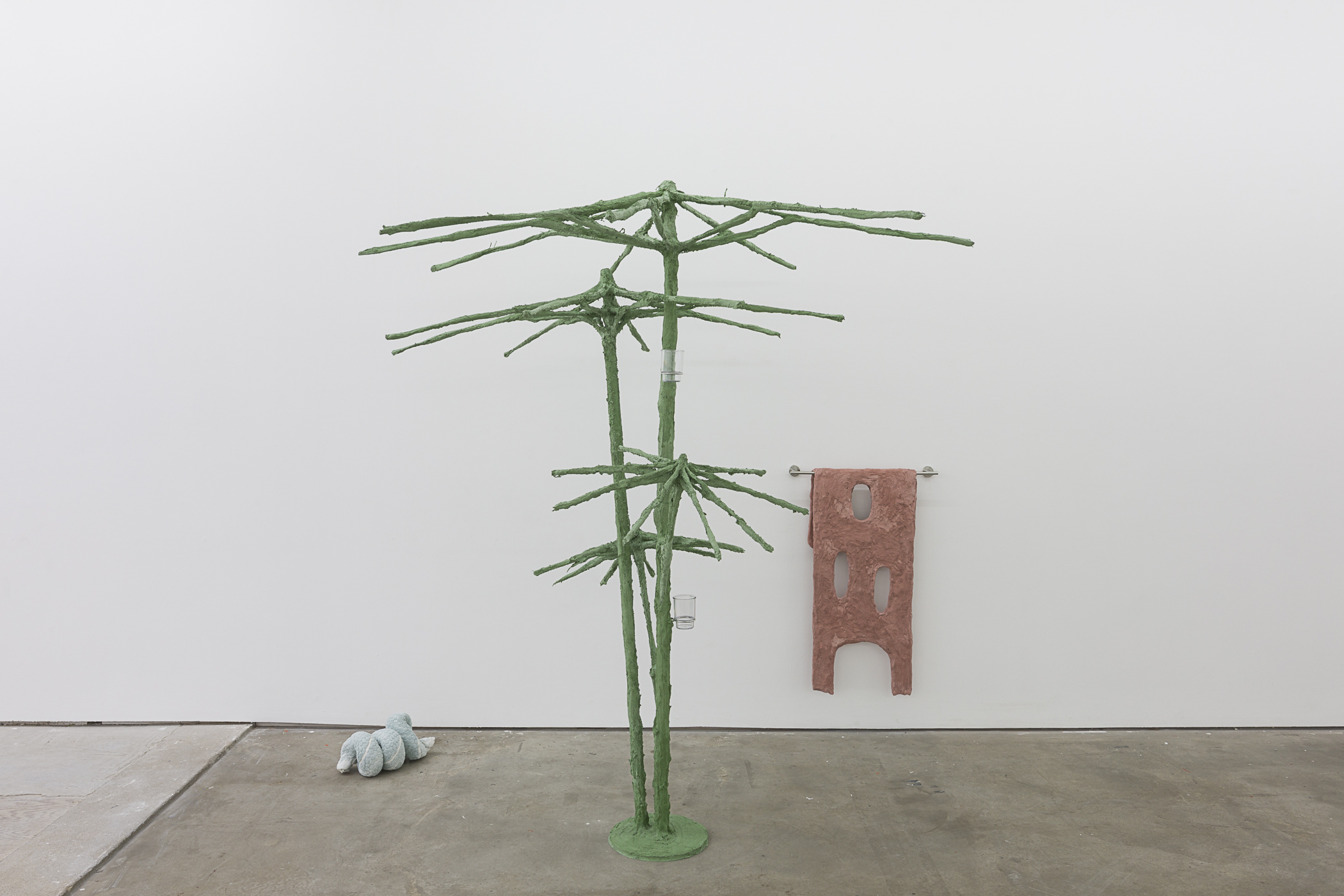
Flanked by two smaller sculptures that nod to towelling, ‘One in the hand and one in the heart’ has a steel frame comprising the skeletal structures of readymade umbrellas, overlaid with plaster, sand and burlap. Photography: Studio Will Amlot. Courtesy of Edel Assanti
INFORMATION
‘Oren Pinhassi: Second Nature’ is on view until 15 August. For more information, visit the Edel Assanti website
ADDRESS
Edel Assanti
74A Newman Street
London W1T 3DB
Wallpaper* Newsletter
Receive our daily digest of inspiration, escapism and design stories from around the world direct to your inbox.
-
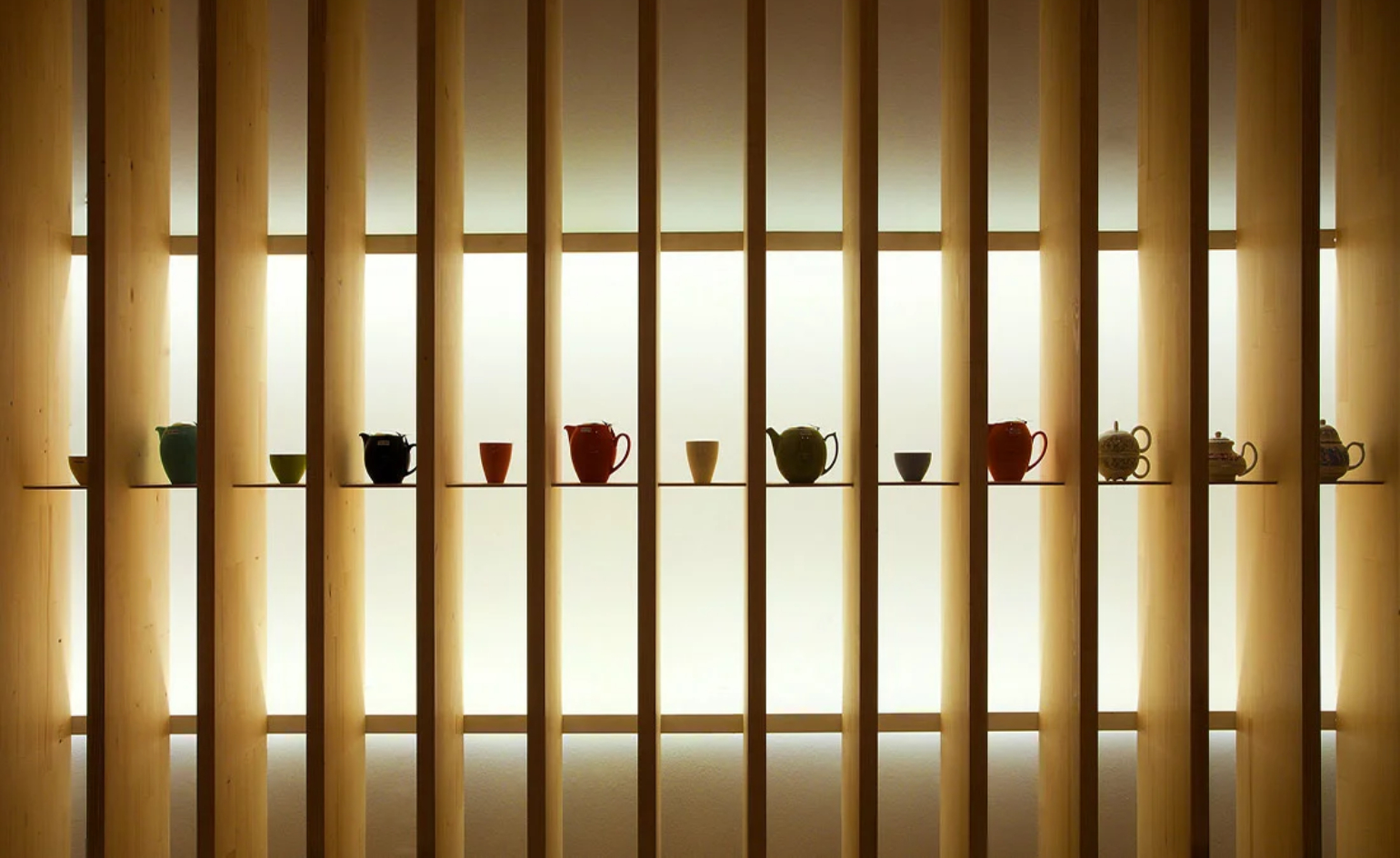 Tour the best contemporary tea houses around the world
Tour the best contemporary tea houses around the worldCelebrate the world’s most unique tea houses, from Melbourne to Stockholm, with a new book by Wallpaper’s Léa Teuscher
By Léa Teuscher
-
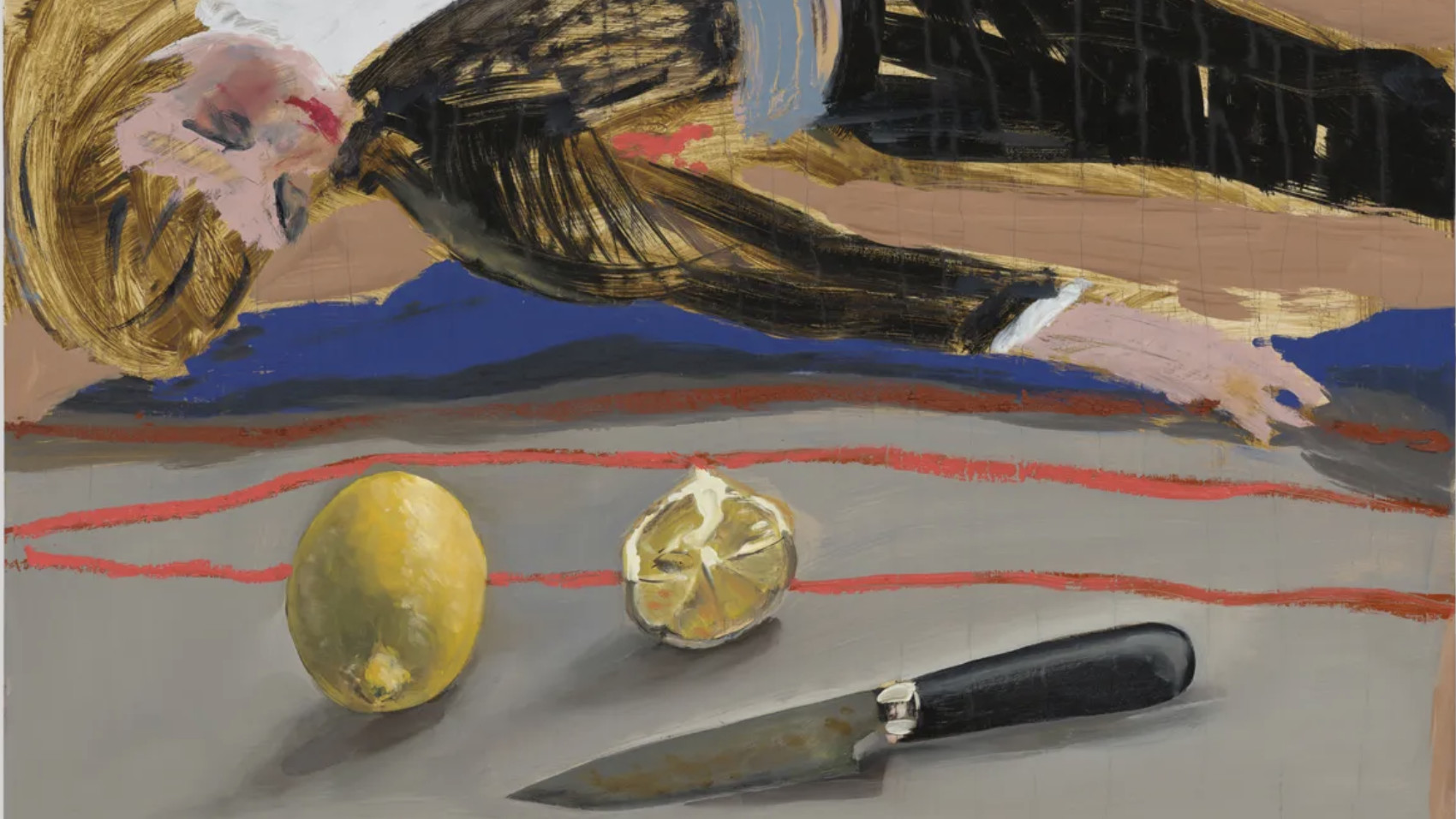 ‘Humour is foundational’: artist Ella Kruglyanskaya on painting as a ‘highly questionable’ pursuit
‘Humour is foundational’: artist Ella Kruglyanskaya on painting as a ‘highly questionable’ pursuitElla Kruglyanskaya’s exhibition, ‘Shadows’ at Thomas Dane Gallery, is the first in a series of three this year, with openings in Basel and New York to follow
By Hannah Silver
-
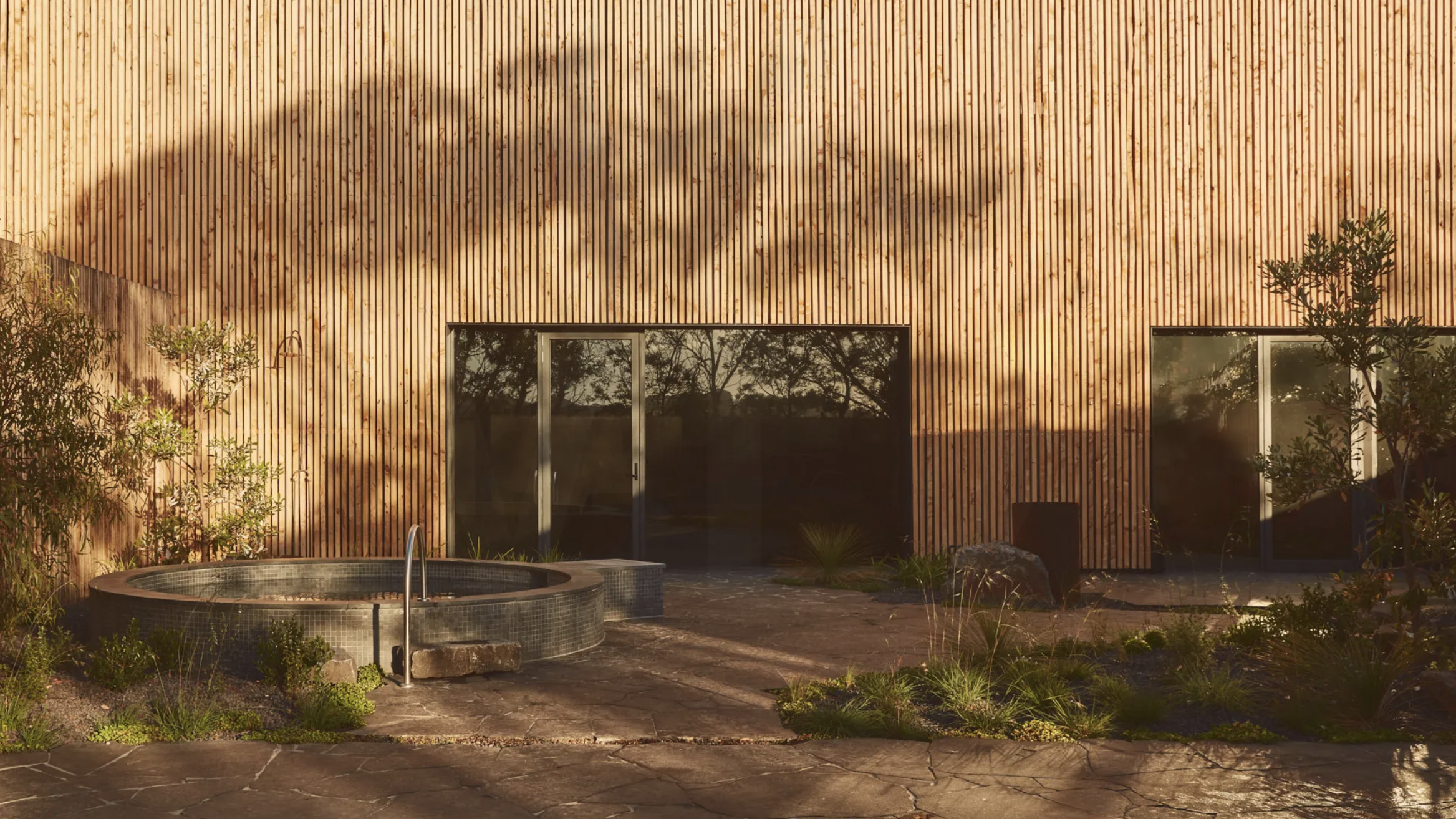 Australian bathhouse ‘About Time’ bridges softness and brutalism
Australian bathhouse ‘About Time’ bridges softness and brutalism‘About Time’, an Australian bathhouse designed by Goss Studio, balances brutalist architecture and the softness of natural patina in a Japanese-inspired wellness hub
By Ellie Stathaki
-
 ‘Humour is foundational’: artist Ella Kruglyanskaya on painting as a ‘highly questionable’ pursuit
‘Humour is foundational’: artist Ella Kruglyanskaya on painting as a ‘highly questionable’ pursuitElla Kruglyanskaya’s exhibition, ‘Shadows’ at Thomas Dane Gallery, is the first in a series of three this year, with openings in Basel and New York to follow
By Hannah Silver
-
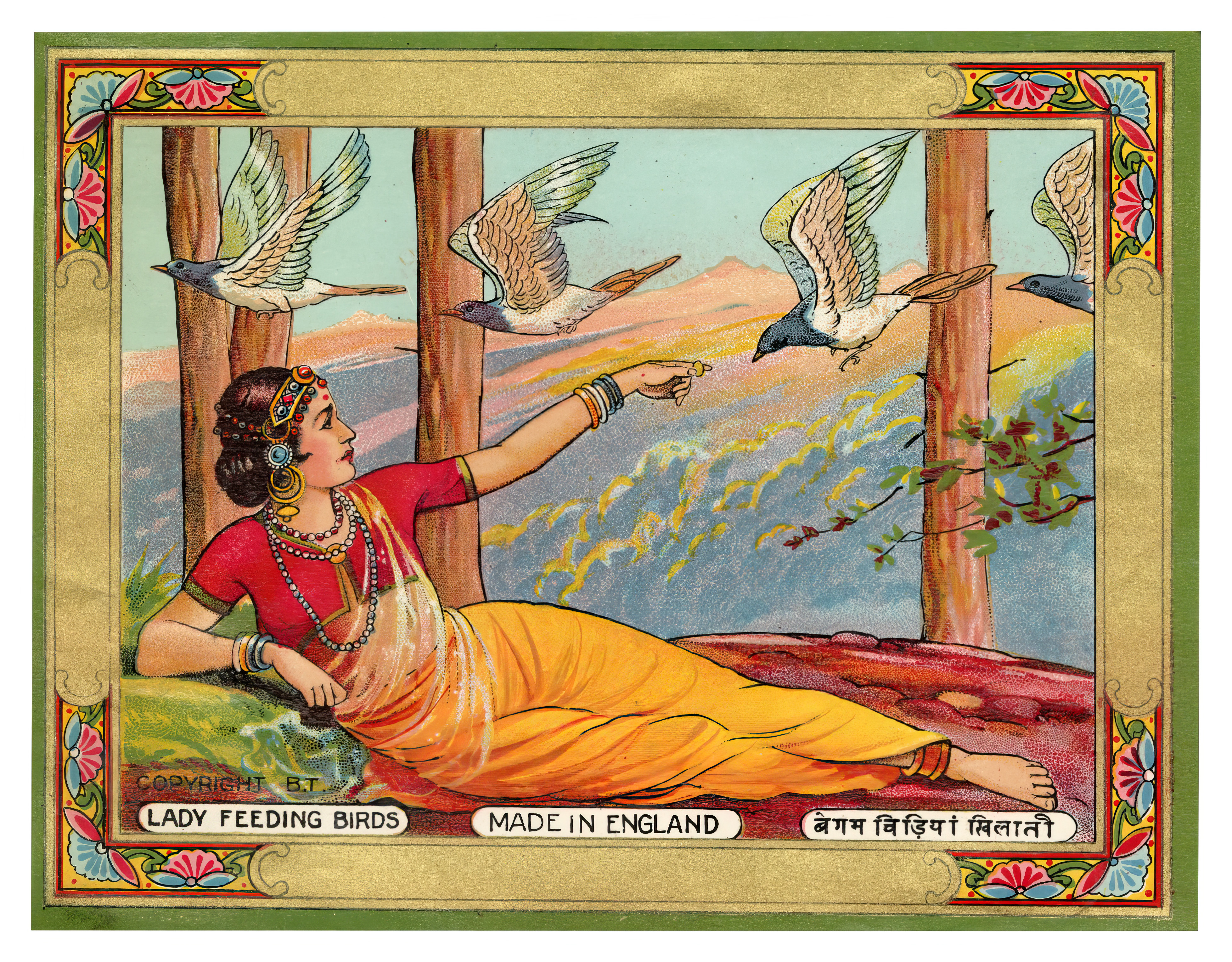 The art of the textile label: how British mill-made cloth sold itself to Indian buyers
The art of the textile label: how British mill-made cloth sold itself to Indian buyersAn exhibition of Indo-British textile labels at the Museum of Art & Photography (MAP) in Bengaluru is a journey through colonial desire and the design of mass persuasion
By Aastha D
-
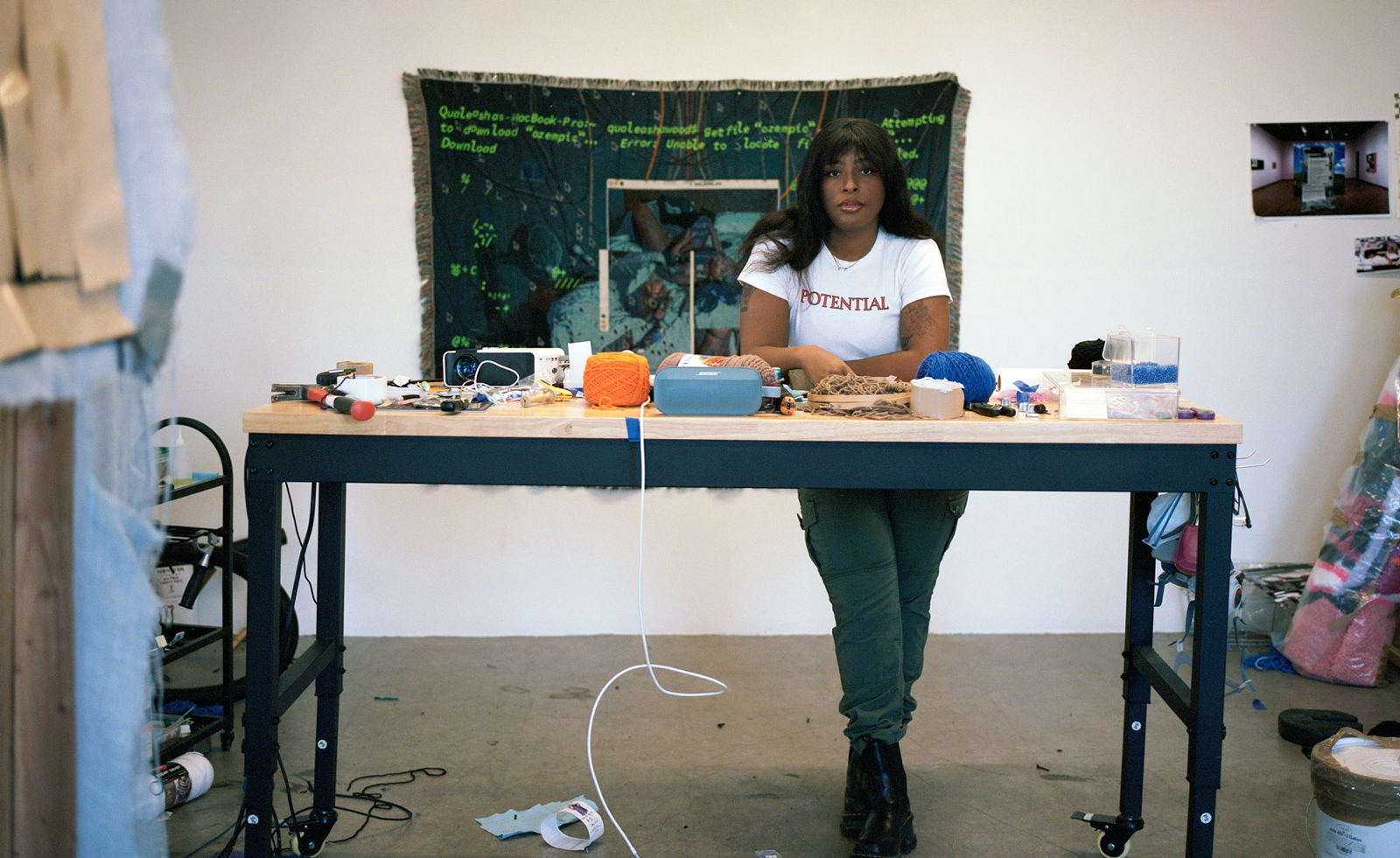 Artist Qualeasha Wood explores the digital glitch to weave stories of the Black female experience
Artist Qualeasha Wood explores the digital glitch to weave stories of the Black female experienceIn ‘Malware’, her new London exhibition at Pippy Houldsworth Gallery, the American artist’s tapestries, tuftings and videos delve into the world of internet malfunction
By Hannah Silver
-
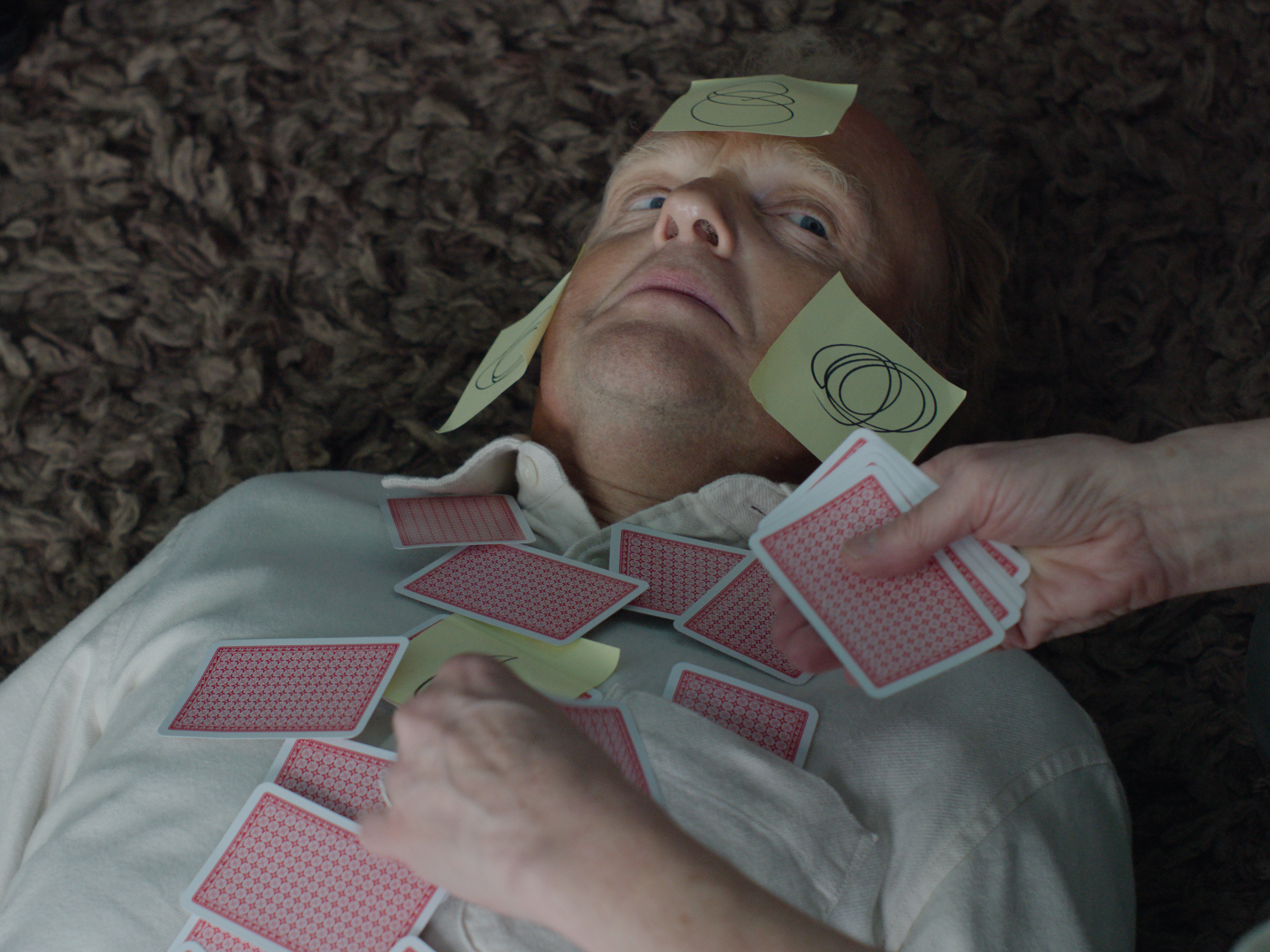 Ed Atkins confronts death at Tate Britain
Ed Atkins confronts death at Tate BritainIn his new London exhibition, the artist prods at the limits of existence through digital and physical works, including a film starring Toby Jones
By Emily Steer
-
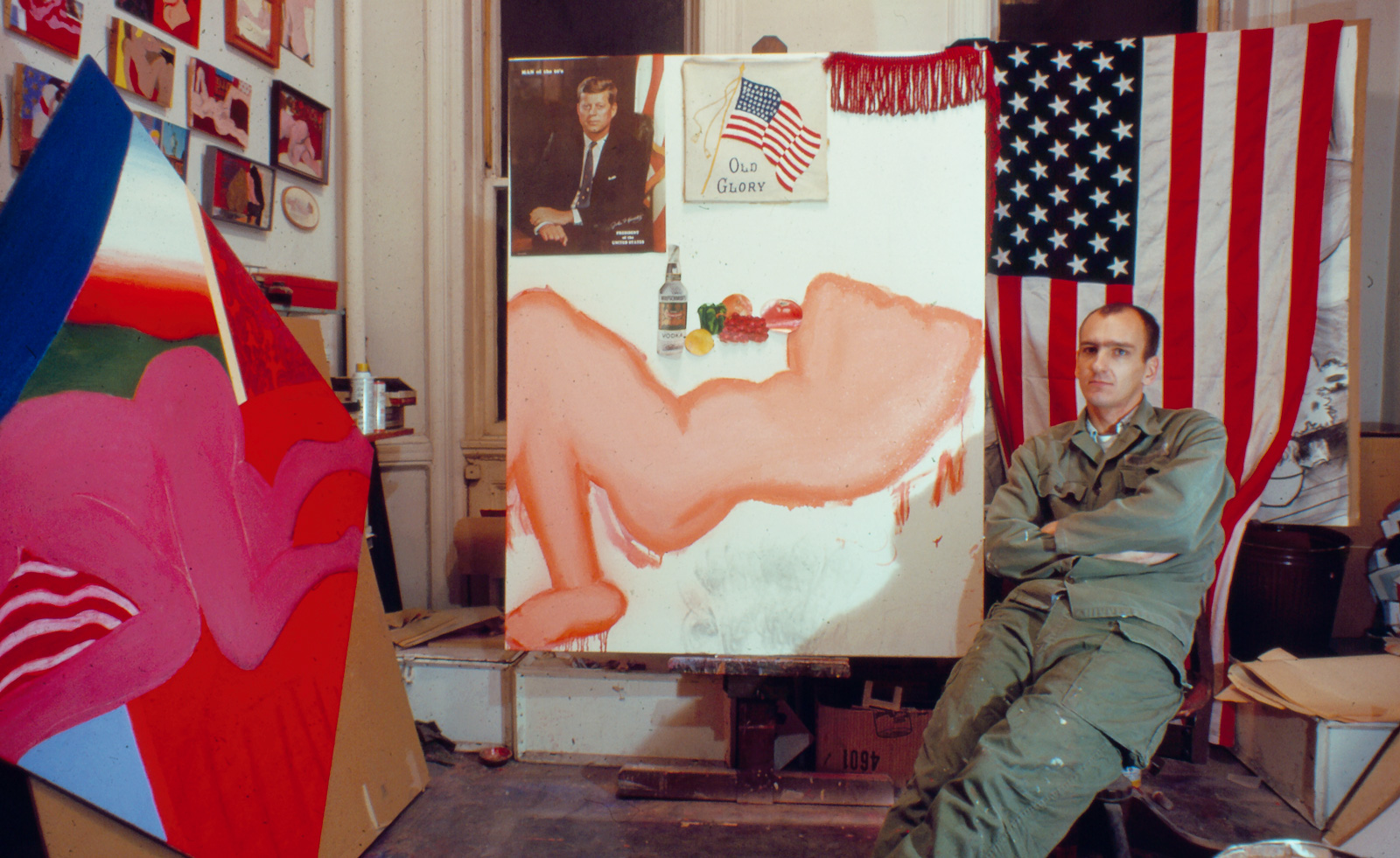 Tom Wesselmann’s 'Up Close' and the anatomy of desire
Tom Wesselmann’s 'Up Close' and the anatomy of desireIn a new exhibition currently on show at Almine Rech in London, Tom Wesselmann challenges the limits of figurative painting
By Sam Moore
-
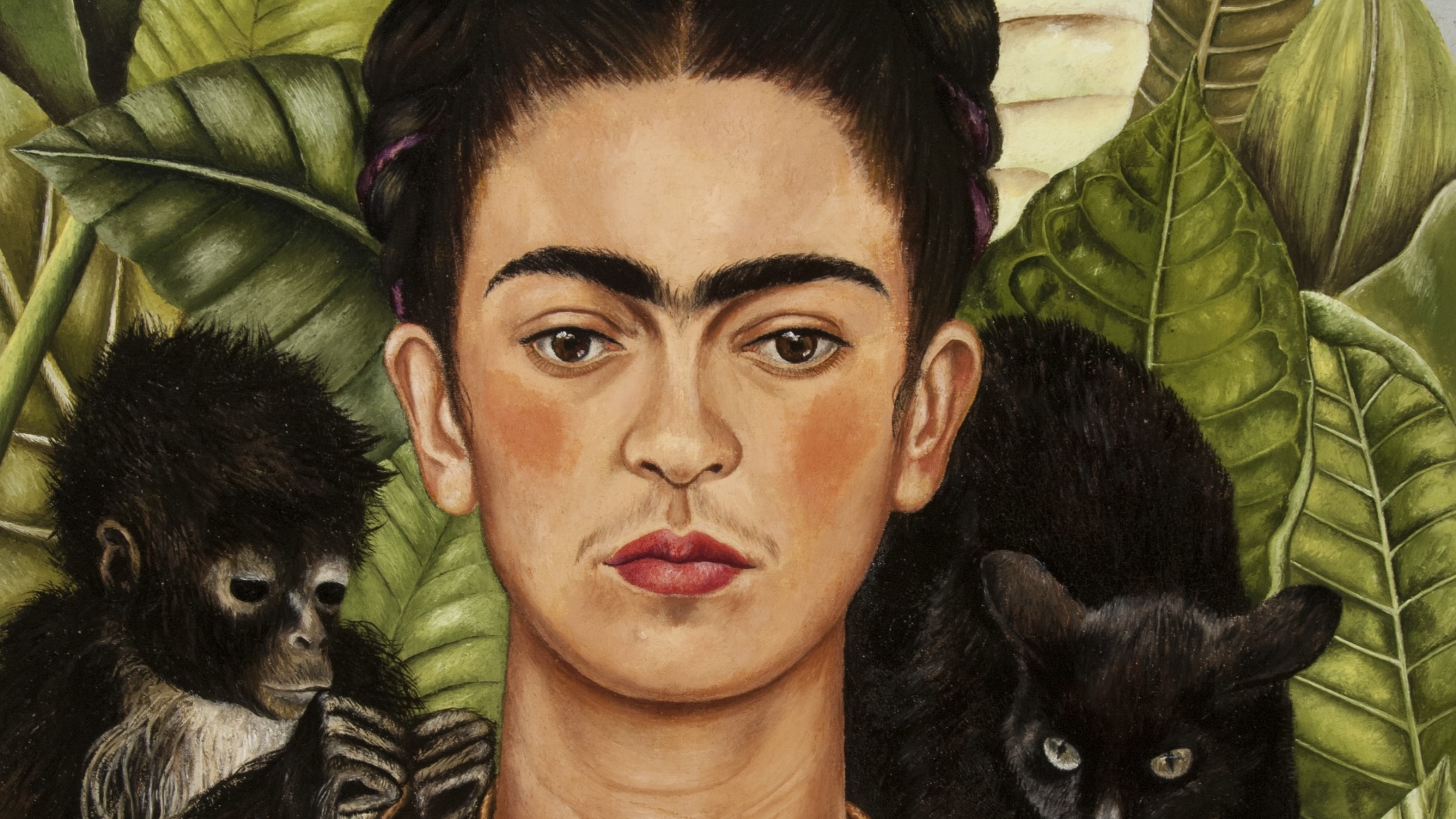 A major Frida Kahlo exhibition is coming to the Tate Modern next year
A major Frida Kahlo exhibition is coming to the Tate Modern next yearTate’s 2026 programme includes 'Frida: The Making of an Icon', which will trace the professional and personal life of countercultural figurehead Frida Kahlo
By Anna Solomon
-
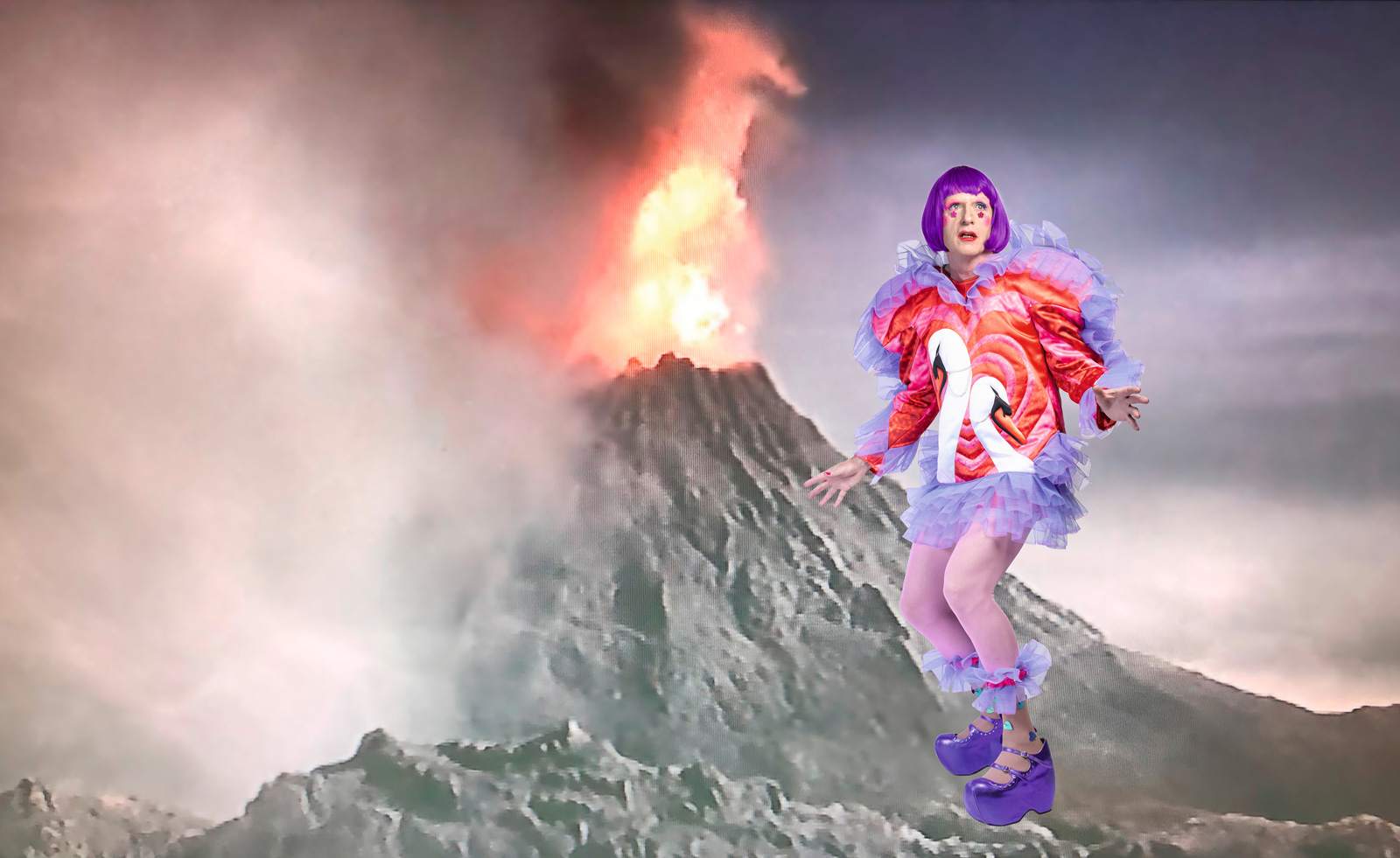 A portrait of the artist: Sotheby’s puts Grayson Perry in the spotlight
A portrait of the artist: Sotheby’s puts Grayson Perry in the spotlightFor more than a decade, photographer Richard Ansett has made Grayson Perry his muse. Now Sotheby’s is staging a selling exhibition of their work
By Hannah Silver
-
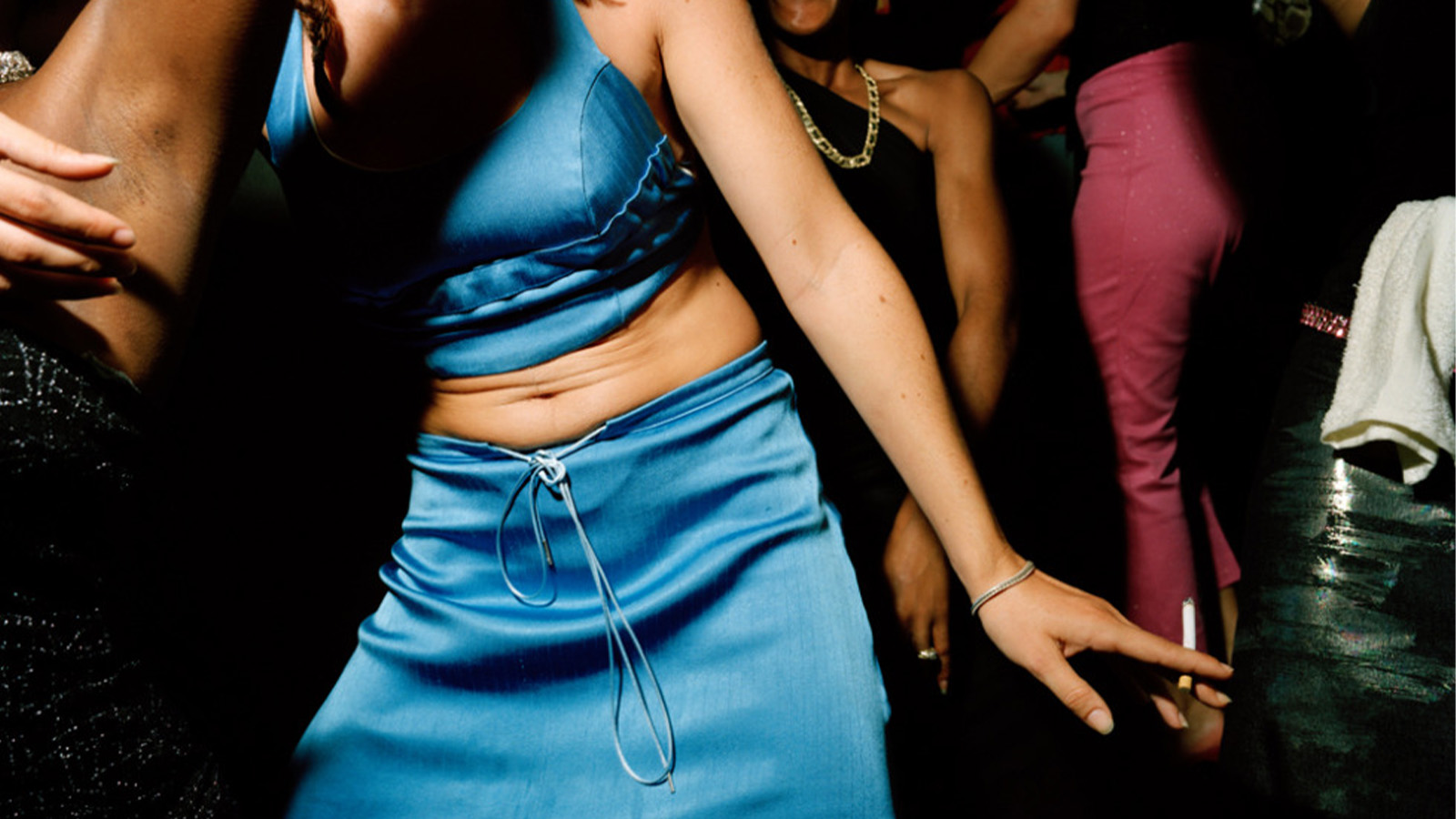 From counter-culture to Northern Soul, these photos chart an intimate history of working-class Britain
From counter-culture to Northern Soul, these photos chart an intimate history of working-class Britain‘After the End of History: British Working Class Photography 1989 – 2024’ is at Edinburgh gallery Stills
By Tianna Williams